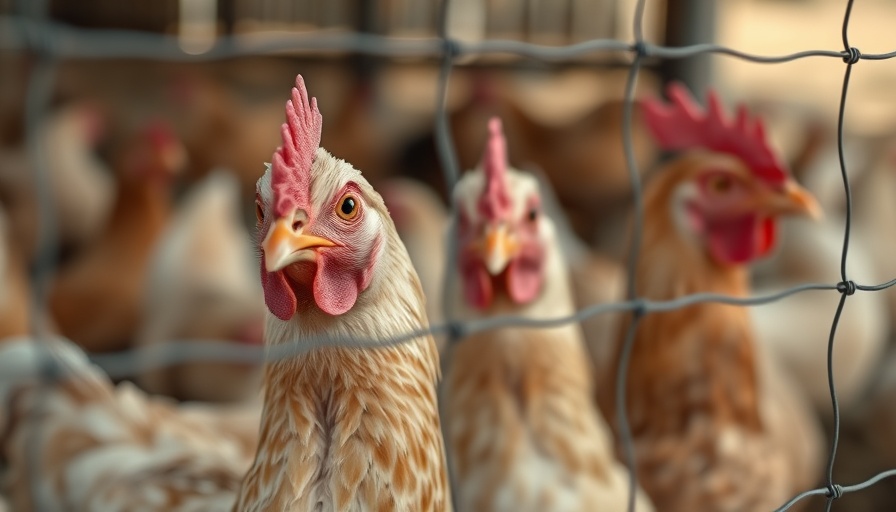
Surging Bird Flu Outbreaks: A Rising Concern for Humans
In a stark warning from the World Organization for Animal Health (WOAH), the frequency of bird flu outbreaks in mammals worldwide has more than doubled, raising alarm bells over the potential for human transmission. The latest report details that mammal-related outbreaks surged to 1,022 across 55 countries in 2024, up from just 459 the previous year. This concerning trend highlights the dynamic nature of avian influenza, which has not only devastated poultry populations worldwide but also poses a widening risk for human health.
The Epidemiological Shift of Avian Influenza
The WOAH’s Director General, Emmanuelle Soubeyran, characterized this rise as a significant epidemiological shift, emphasizing the ongoing mutations of the virus, particularly in dairy cows within the United States. In the context of the last twenty years, over 630 million birds have succumbed to avian influenza or been culled, dramatically affecting food security and agricultural integrity globally. While the current risk to humans remains low, experts point to the potential for the virus to adapt, making proactive measures essential for monitoring and containment.
The Real Threat: A Possible Pandemic?
Health experts have increasingly expressed concerns over the virus's pandemic potential. The interplay of bird flu among livestock and domestic pets—such as dogs and cats—creates an environment where interspecies transmission might occur. Infections among mammals pave the way for the possibility of human-to-human transmission, thus warranting vigilant surveillance and response strategies.
The Role of Vaccination in Preventing Spread
Vaccination remains a pivotal strategy in curbing the outbreaks. WOAH outlines how strategically implemented vaccination programs can significantly mitigate the risk of transmission from birds to mammals, and ultimately to humans. A notable example comes from France, which began vaccinating poultry against bird flu in 2023. Initial models predicted 700 outbreaks, but vaccination efforts limited this to just 10, illustrating the potential of vaccinations to safeguard public health while maintaining poultry product availability for export.
Global Cooperation: The Key to Addressing Avian Influenza
Soubeyran strongly advocates for increased global collaboration, biosecurity measures, and transparency among nations to tackle this growing threat. The complexities of avian influenza necessitate sharing knowledge and resources across borders to bolster health systems against potential outbreaks. This call for strengthened international partnership is particularly resonant amid budget cuts to health and science programs, which could hinder preparedness efforts. As experts warn of ongoing mutations, a coordinated response is paramount.
Understanding the Broader Implications for Health and Wellness
The implications of rising bird flu outbreaks extend beyond immediate threats to livestock and human health; they resonate deeply within the spheres of community health and wellness. As avian influenza disrupts food supply chains and raises prices—especially for chicken and eggs—public health systems could experience heightened strain.
Furthermore, considering the economic ramifications, it highlights an urgent need to bolster local resilience and explore health and wellness strategies that prioritize sustainable practices. As individuals and communities seek to maintain optimal health and wellness, integrating preventative health measures and community-based programs to foster food security and resource access will be vital.
Final Thoughts on Future Preparedness
As we continue to monitor the trends in bird flu outbreaks, being proactive and informed about potential health risks is crucial for public safety. By understanding the complexities surrounding avian influenza and recognizing the interconnectedness of animal and human health, communities can develop more robust health and wellness initiatives that foster preparedness and resilience in the face of future challenges.
 Add Row
Add Row  Add
Add 




 Add Row
Add Row  Add
Add 


Write A Comment